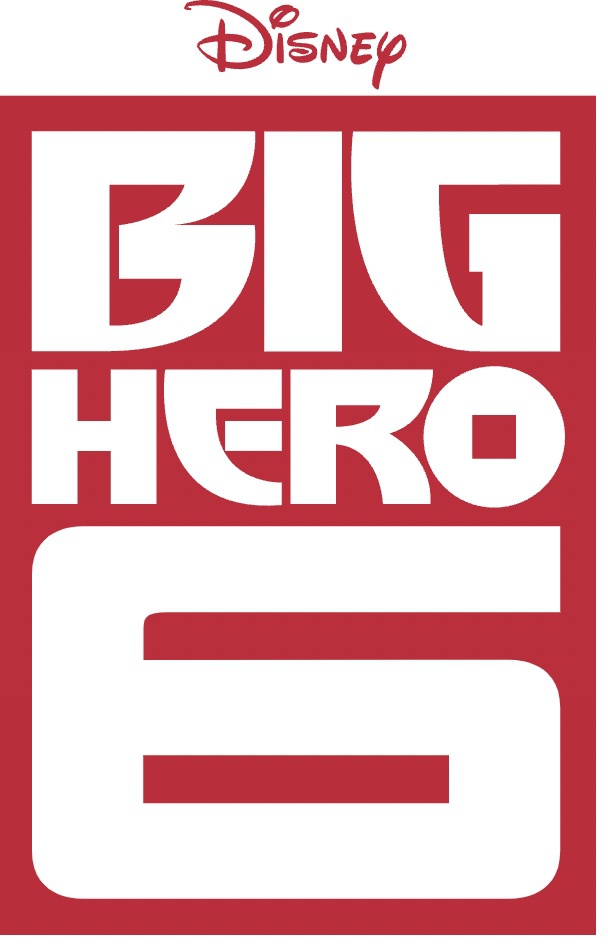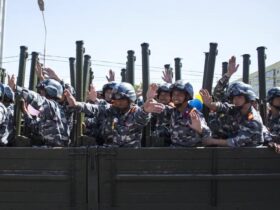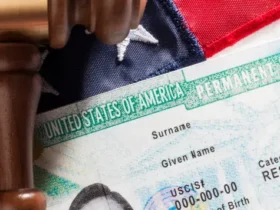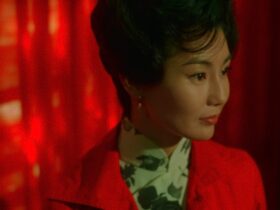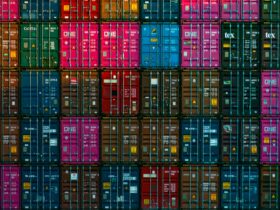Although the animated Disney film Big Hero Six was released in 2014, viewers were able to return to the dynamic cultural city and landscape of San Fransokyo—a combination of “San Francisco” and “Tokyo”—earlier this summer. With the 2022 Disney+ series Baymax!, Disney revisited the hybrid city that so captivated audiences more than five years ago.
The story of Big Hero Six revolves around the heroic journey of a Japanese American boy named Hiro Hamada and the lovable healthcare robot Baymax as they work together to combat an evil force, as characteristic of superhero plots. Part of that is the setting in which it all takes place: San Fransokyo.
The city is stunning in its artistic ingenuity for its seamless weaving of Japanese culture with the San Francisco city layout. As co-director Don Hall expresses, it is a blend of “Eastern and Western culture.” In essence, it is an animated microcosm for the intersection of global cultures.
As a play on the city of Tokyo, San Fransokyo focuses on Japanese culture. In a 2014 New Yorker article titled “Japan and America Meet in ‘Big Hero 6,’” writer Roland Kelts narrates how Japanese and American culture are engaged in a process of cross-pollination. Big Hero Six, Kelts states, is a part of that cultural collaboration.
Kelts labels the film’s incorporation of Japanese architecture as an “open embrace of Japan and its cultural iconography.” Along with the actual embedding of Japanese cultural elements into historic San Francisco landmarks like the Golden Gate Bridge, the film also features San Fransokyo as the background setting.
Like the setting of San Fransokyo, Hiro’s cultural identity does not directly motivate the plot, but is an important aspect of heritage that the film emphasizes. Being half ethnically Japanese and half Caucasian, Kelts expresses that he was shocked to see the specificity of his ethnicity depicted in the protagonist of the film—just like actor Ryan Potter, who voices Hiro.
Although San Fransokyo is remarkable for its inventive take on cultural intersections, the city can also be seen for some as a symbolic representation of the Asian American diasporic experience. The idea of living in two worlds at once is not an unfamiliar concept for many diasporic audiences, particularly in contemporary discourses about what Asian American “belonging” means.
San Fransokyo renders that sense of “belonging” in a large, positive scale. In this space, Asian and American cultures are combined, a symbol for the two different cultural worlds being able to coexist. Hiro is Japanese American, an element that adds to the idea of diasporic identity being manifested in each aspect of Big Hero Six.
The city offers the possibility of envisioning a world where “belonging” to one culture does not necessarily mean negating the other. As cultural diffusion occurs more frequently and cultural singularity becomes more and more rare, imagining a globalized world that accepts multicultural identities has become crucial.
This mix uniquely showcases a truly global heritage. To Asian Americans who belong to a continent that encompasses the many different cultures of Asia, animation offers the opportunity of witnessing such worlds come into existence.
In addition to its representation of dual cultural identities, Big Hero Six also holds weight as a divergence from the racialized trope of Asian erasure in the genre of science fiction. Keegan Tran writes about this phenomenon for Collider, expressing that Big Hero Six is revolutionary in that regard: “A fun, action-packed family movie about self betterment and overcoming grief, [Big Hero Six] instilled in Asian American youth the idea that sci-fi is a space that they belong, and that their culture is more than just shallow production design.”
Tran references films like Ghost in the Shell (2017), The Fifth Element (1997) and Blade Runner (1992) to remark on the relative invisibility of Asian characters in such films. The city of Blade Runner, for example, appears to be heavily inspired by traditionally Asian aesthetics with almost no Asian characters.
While such films frequently capitalized on Asian settings, they lacked investment in Asian stories. For Tran, Big Hero Six was able to do both. Big Hero Six subverts the futuristic tropes of Asian culture in the aforementioned sci-fi films by instead placing this movie in San Francisco, an American city constructed on the tech industry.
Whereas the films that Tran mentions were unable to truly represent diversity and globalization, Big Hero Six is able to do so because it focuses on a setting based on the unification of Asian and American cultures without exploitation. This offers a lesson for animation and other media/entertainment studios hoping to advocate for cultural diversity and representation.
Sean Miura at Nerds of Color adopts a personal perspective on Big Hero Six, commenting that it was “everything” he “ever wanted” as a Japanese American.
“Just as princess films offer a magical glimpse of European fantastical romance, San Fransokyo itself is rooted in an alternate Japanese American history,” says Miura. He cites art director Scott Watanabe’s statement that inspiration for the city originated from a basic premise: Japanese immigrants rebuilt San Francisco after the 1906 earthquake. After rewatching Big Hero Six, Miura indicates that he is thinking about how Japanese America can manifest itself in real-life spaces, such as “future visions of Little Tokyo.”
As a film, Big Hero Six is illuminating. It gives audiences entertainment and demands attention for crafting a global future that relies not on cultural division, but cultures coexisting.


